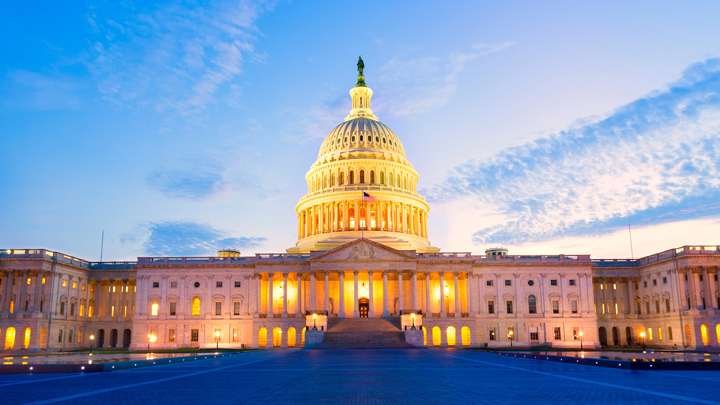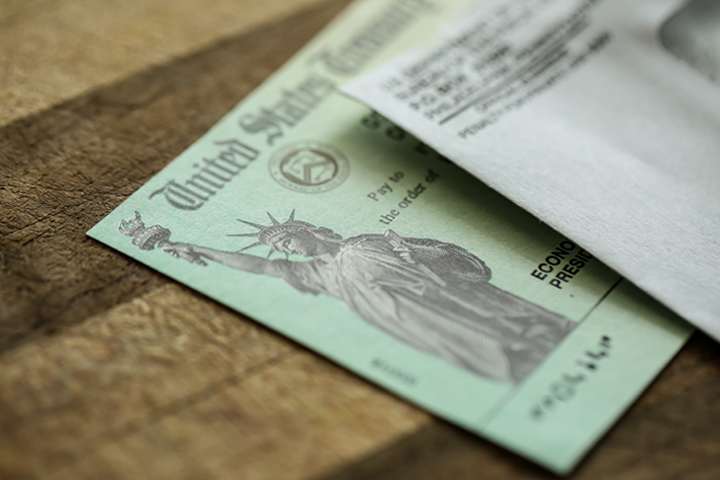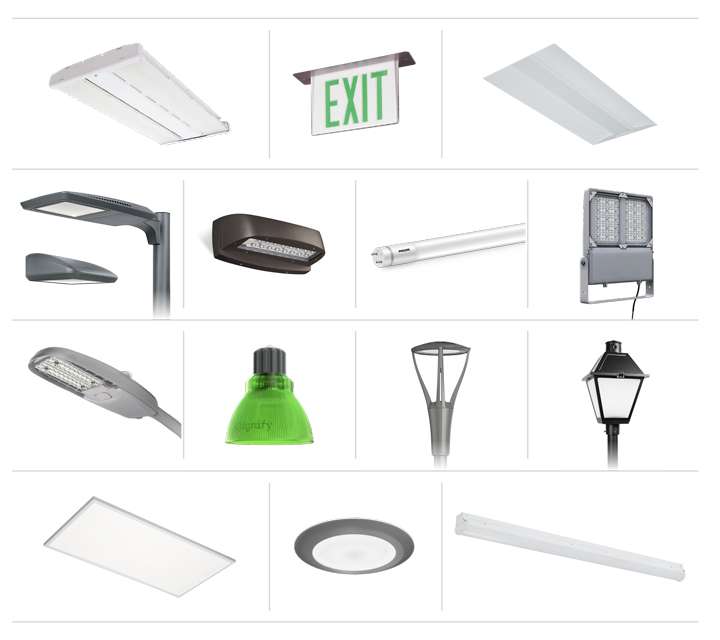
While the full criteria for the federal aid spending have not been announced, we expect these improvements to include incorporating energy-efficient solutions such as lighting. We also expect that projects will have to meet the Buy American Act of 1933 (BAA) in order to receive funds.
The BAA restricts the federal government from purchasing non-domestic goods by establishing a preference for “domestic end products” and using “domestic construction materials”. Generally, the BAA applies to federal acquisitions that exceed the micro-purchase threshold and that are below the applicable dollar threshold of the Trade Agreement Act (TAA).
Signify has hundreds of indoor and outdoor energy-efficient lighting products that are compliant with the BAA, and that can help you secure federal funding for your public infrastructure project(s). Before I dive into our program, it’s important to understand the basics of President Biden’s American Jobs Plan.
3 Questions about American Jobs Plan Funding

1.Who is getting the money?
This answer is complex, so I’ll simplify it by saying that money will start rolling in at the government levels. Think federal agencies, states, counties and cities. Government officials will determine how to best use these funds in line with the plan’s guidelines on how the aid can and cannot be spent.
2.When is the money coming?
The public sector is expected to start receiving their funds this month through a year from now. The timing of this could change depending on future legislation.
3.What can the money be used for?
As mentioned earlier, a major tenet of the American Jobs Plan is to improve domestic infrastructure. This includes things like repairing and updating major highways, roads and bridges, as well as improving ports, waterways and airports. Biden also wants to build, preserve and retrofit more than two million homes and commercial buildings, as well as modernize our nation’s schools, childcare facilities, veterans’ hospitals and federal buildings. The plan also calls for increasing access to capital for domestic manufacturers, as well as improving our nation’s digital infrastructure.
Lighting can be a critical piece of updating and improving these infrastructure areas. Roadways, for example, require strong and reliable illumination to help foster a sense of safety and reduce the chance of traffic incidents. Implementing tunable LED lighting at schools and childcare facilities and commercial buildings and government offices can enhance learning and improve attention as well as foster a sense of well-being and increased productivity, respectively. Lighting upgrades also typically result in major energy savings and lower maintenance costs – all of which can be further enhanced by adding controls.

Visit our website, or contact us via email to learn more!

November 14, 2023
How lighting technology can help reduce risks to migrating birds